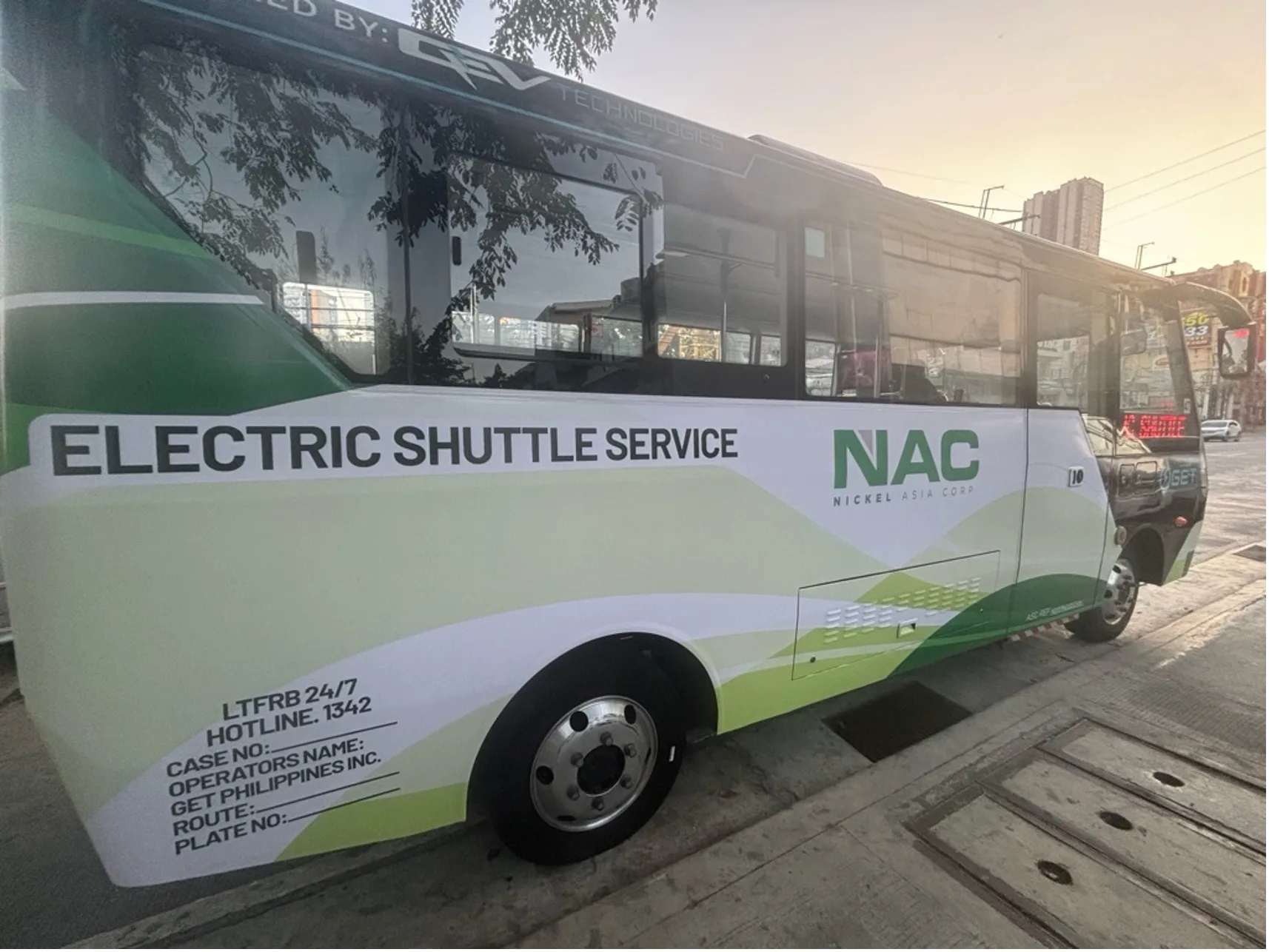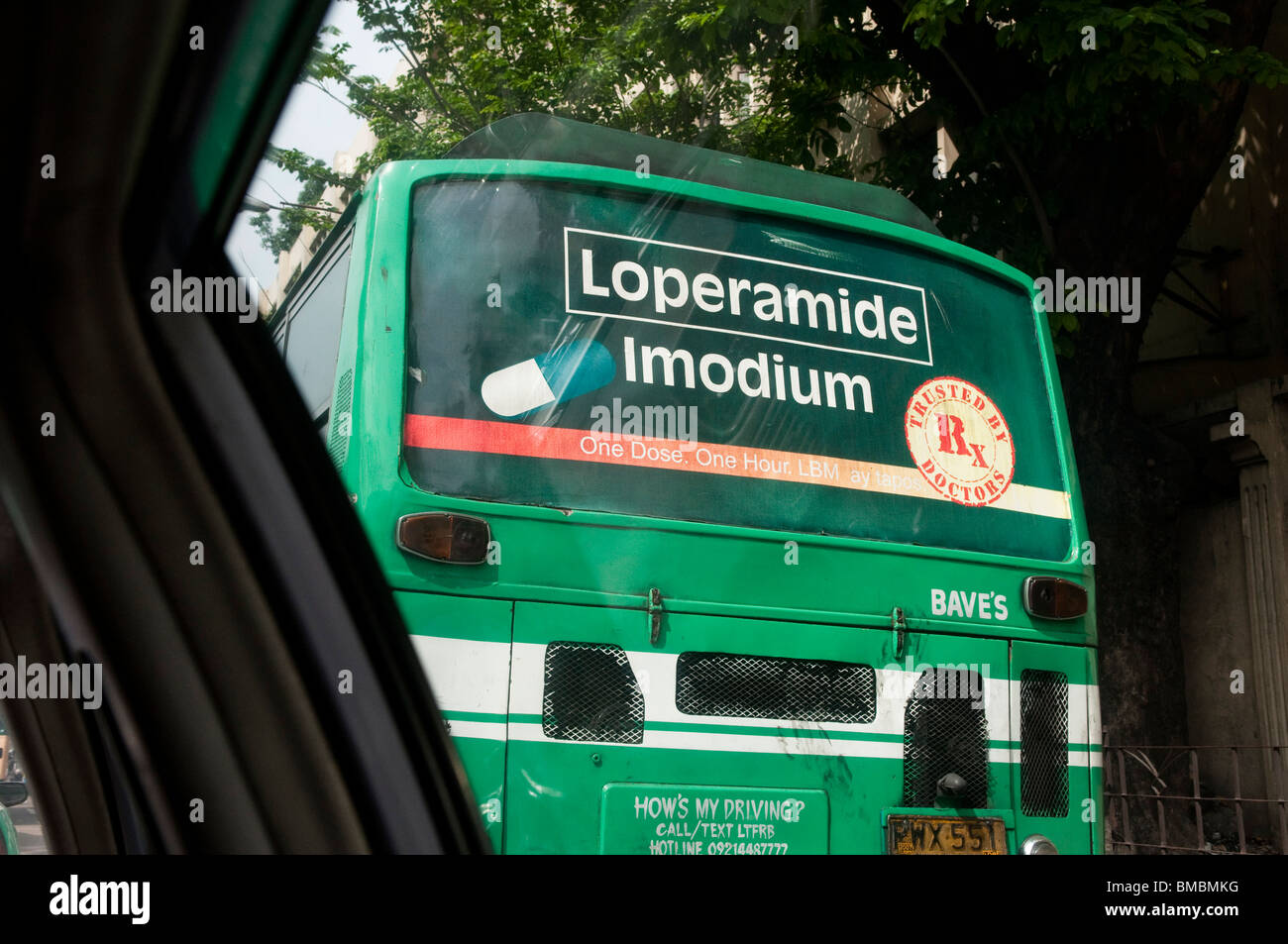Recognizing the Function of Transportation Advertising And Marketing in Enhancing Brand Name Exposure and Consumer Engagement
Transit advertising has actually emerged as an essential component in the marketing landscape, using distinct possibilities for brands to raise their visibility and engage consumers successfully. With the ability to reach a restricted and varied target market throughout their daily commutes, these advertising approaches are not merely concerning visibility; they are concerning producing purposeful links with prospective consumers. As we explore the complex advantages and ingenious methods within transportation advertising, it becomes necessary to consider how these components collectively affect consumer understanding and habits, questioning about their long-lasting influence on brand loyalty.
Interpretation of Transit Advertising And Marketing
Transit advertising and marketing describes the technique of advertising items, solutions, or brand names via ads placed around mass transit systems. This type of marketing incorporates a variety of placements, consisting of posters on trains and buses, digital screens at transportation stations, and covers on the exterior of automobiles. It aims to reach a diverse audience, utilizing on the high foot web traffic connected with public transit.
Transit advertising is purposefully placed to record the focus of travelers, who often spend substantial time taking a trip or waiting. By incorporating advertisements right into the everyday regimens of individuals, brands can create a long lasting impression and foster brand name recognition. The tool is particularly reliable in metropolitan environments, where public transport is a main mode of traveling.
Additionally, transportation advertising can promote local targeting, allowing organizations to reach details demographics based on transportation routes and station areas. As city populations expand and the use of public transportation rises, this marketing approach has gained prominence as an important part of integrated advertising and marketing techniques. The vibrant nature of transit marketing, incorporated with its capacity to engage consumers in a restricted setting, underscores its significance in modern advertising methods.
Advantages of Transportation Advertising
The effectiveness of transportation marketing depends on its ability to provide a plethora of benefits to brands seeking to boost presence and interaction. Among the key advantages is the extensive reach it supplies; transit advertisements can effectively target diverse demographics across metropolitan areas, reaching both pedestrians and commuters alike. This broad exposure significantly increases brand understanding.
One more benefit is the high frequency of perceptions. As transit cars travel along recognized paths and stop at multiple locations, they create recurring direct exposure that reinforces brand name messages. This regularity fosters familiarity, which is important in consumer decision-making.
Transit marketing is also affordable compared to other media systems. Offered its extensive reach and capacity for high impressions, brand names usually experience a reduced expense per thousand impressions (CPM), maximizing their advertising and marketing spending plan.
Moreover, transit advertisements can produce a sense of community link. By lining up with regional transit systems, brand names can reverberate with regional target markets and promote a sense of local satisfaction. This localized strategy improves brand commitment and interaction, making transit advertising and marketing an engaging option for companies intending to solidify their presence in the market.

Effective Methods for Transit Projects
To optimize the effect of transit projects, brand names must utilize tactical planning and implementation customized to their target market. Initially, identifying the market qualities of the target market using public transportation is essential. This permits brands to develop customized messaging that reverberates with potential clients.
Following, choosing the right transit tools is important. Whether making use of bus covers, subway posters, or electronic displays, each medium has special benefits that can enhance exposure. For circumstances, dynamic visuals on bus covers can draw in focus, while digital advertisements can be upgraded frequently to show prompt promos.
In addition, integrating a natural branding approach across transit platforms makes sure uniformity and reinforces the brand's identity. Using attractive styles and unforgettable taglines will strengthen brand recall amongst commuters.
Last but not least, timing is a key factor in carrying out successful transit campaigns. Introducing campaigns during top traveling hours or neighborhood occasions can significantly increase visibility and engagement. By employing these methods, brands can properly harness the possibility of transportation advertising and marketing, cultivating better recognition and link with their target market. Inevitably, a well-executed transportation project can drive significant growth in brand name presence and customer interaction.

Measuring Influence and Interaction
In examining the effectiveness of transit advertising and marketing projects, accurate dimension of influence and interaction is important for brands seeking to optimize their advertising and marketing methods. Metrics such as reach, frequency, and impacts supply foundational information to evaluate visibility. Assessing these aspects helps figure out the amount of prospective customers are revealed to the promotions throughout their daily commutes.
Involvement can be further determined with consumer communications, such as site traffic, social media states, and direct feedbacks to calls-to-action featured in the advertisements. Using devices like QR codes or distinct URLs can promote tracking of customer behavior directly connected to transit campaigns. Studies and feedback devices also act as beneficial methods to collect qualitative information on consumer understandings and recall of the advertisement.
In addition, advanced analytics and attribution designs can see this associate transit exposure with subsequent buying behavior, offering insights into the return on financial investment. By employing a detailed method that incorporates qualitative and quantitative steps, brands can create a nuanced understanding of their transportation advertising effect. Inevitably, this data-driven strategy allows brands to fine-tune their projects, guaranteeing they reverberate effectively with target market and boost overall brand visibility.
Case Research Studies of Successful Campaigns
Successful transit marketing projects work as compelling examples of how effective methods can raise brand name presence and engagement. Transit Advertising Philippines. One notable case is the "I Love New york city" campaign, which transformed the city's image and attracted millions of travelers. By using metro ads, signboards, and bus wraps, the campaign produced a solid, cohesive brand identification, leading to a substantial uptick in tourism and neighborhood organization patronage
An additional exemplary campaign is Coca-Cola's "Share a Coke" campaign, which leveraged transportation marketing to individualize the brand name experience. By including popular names on promotional materials throughout different transportation platforms, Coca-Cola fostered a much deeper emotional link with consumers, encouraging them to share their experiences on social media sites.
In addition, the "Got Milk?" campaign effectively made use of mass transit ads to get to a broad target market, strengthening the message of the value of milk in a balanced diet regimen. The campaign saw a measurable rise in milk usage in target demographics.
These study illustrate that when implemented thoughtfully, transportation marketing can substantially improve brand name visibility, foster customer engagement, and drive quantifiable outcomes, demonstrating its essential role in modern advertising and marketing approaches. - Transit Advertising Philippines
Final Thought
Finally, transit advertising and marketing serves as a crucial device for enhancing brand presence and fostering customer engagement. By making use of purposefully placed advertisements within mass transit systems, brand names can successfully get to diverse target markets and enhance acknowledgment through constant direct exposure. The execution click of targeted messaging and innovative methods better amplifies the influence of transit campaigns. Eventually, the capability to gauge involvement and analyze successful situation research studies emphasizes the performance of transportation advertising in driving brand loyalty and consumer communications.
Transit marketing has arised as an essential component in the marketing landscape, using special chances for brands to elevate their exposure and engage consumers effectively.Additionally, transportation her explanation marketing can facilitate local targeting, permitting companies to get to particular demographics based on transit routes and terminal places.In assessing the effectiveness of transportation marketing campaigns, exact measurement of effect and engagement is important for brands looking for to optimize their advertising and marketing methods.Successful transportation advertising and marketing projects serve as engaging examples of just how effective approaches can raise brand name exposure and interaction.In conclusion, transportation marketing offers as an essential device for enhancing brand presence and promoting consumer engagement.
 Mara Wilson Then & Now!
Mara Wilson Then & Now! Dylan and Cole Sprouse Then & Now!
Dylan and Cole Sprouse Then & Now! Josh Saviano Then & Now!
Josh Saviano Then & Now! Shane West Then & Now!
Shane West Then & Now! Elisabeth Shue Then & Now!
Elisabeth Shue Then & Now!